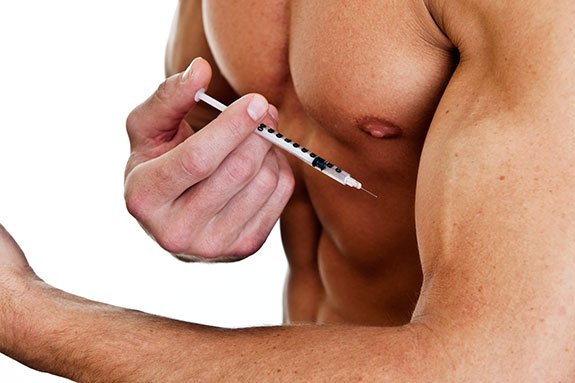
Male central hypogonadism secondary to exogenous androgens: a review of the drugs and protocols highlighted by the online community of users for prevention and/or mitigation of adverse effects
Androgen- or anabolic steroid-induced hypogonadism (ASIH) is no longer confined to professional athletes; its prevalence amongst young men and teenagers using androgens and/or anabolic steroids (AASs) is rising fast, and those affected can experience significant symptoms. Clinicians are increasingly encountering demanding, well-informed men affected by ASIH, yet lacking authoritative information on the subject may struggle to project a credible message. In this article, we overview the methods and drugs that men use in an attempt to counteract ASIH (with a view to either preventing its onset, or reversing it once it has developed) and summarize the scientific evidence underpinning these. The main channel for obtaining these drugs is the Internet, where they can be readily sourced without a valid prescription. An Internet search using relevant terms revealed a huge number of websites providing advice on how to buy and use products to counteract ASIH. Drugs arising repeatedly in our search included human chorionic gonadotrophin (hCG), selective oestrogen receptor modulators (SERMs) and aromatase inhibitors (AIs).
The quality and accuracy of the online information was variable, but review of medical literature also highlighted a lack of scientific data to guide clinical practice. It is important for clinicians to be aware of the AAS user’s self-treatment strategies with regard to ASIH side-effect mitigation. By ensuring that they are well-informed, clinicians are more likely to retain the credibility and trust of AAS users, who will in turn likely be more open to engage with appropriate management.
Download here (Registered members only)







